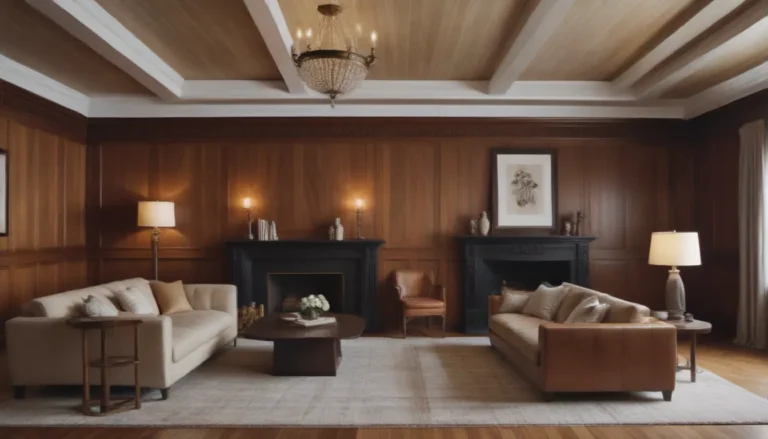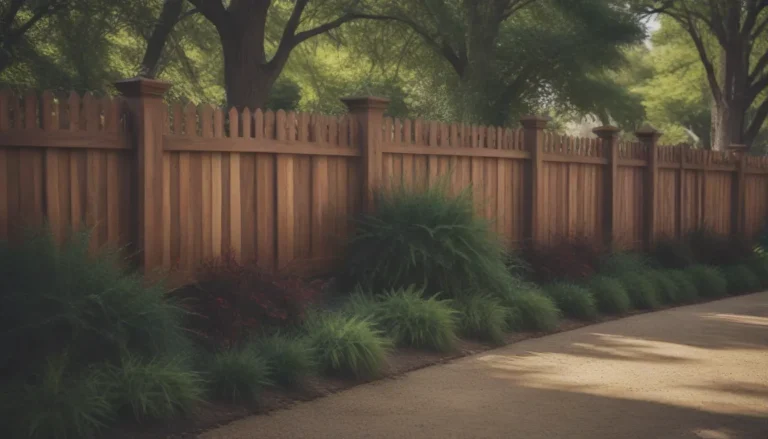Understanding the Intricacies of Prairie-Style Architecture

Prairie-style architecture, also known as the Prairie School, is a unique and influential style that emerged in the early 20th century. Rooted in the belief that a structure should harmonize with its natural surroundings, this architectural movement is characterized by its emphasis on functionality, openness, and simplicity. In this in-depth exploration of Prairie-style architecture, we will delve into its history, key characteristics, and notable examples to provide you with a comprehensive understanding of this distinctive design ethos.
History of Prairie-Style Architecture
The Prairie School of architecture, spearheaded by legendary architect Frank Lloyd Wright, rose to prominence in the aftermath of the Great Chicago Fire of 1871. Disillusioned by the prevailing Victorian architectural styles, Wright and his contemporaries sought to create a new, modern aesthetic that reflected the spirit of American living. Drawing inspiration from the flat, expansive landscape of the American Midwest, they emphasized handmade craftsmanship, natural materials, and a seamless integration of indoor and outdoor spaces.
As a distinct departure from the ornate embellishments of Victorian architecture, Prairie-style homes embraced clean lines, open floor plans, and a sense of connection to nature. Wright’s vision of a Prairie-style house as a structure “married to the ground” encapsulated the movement’s commitment to blending with the environment rather than imposing upon it. The Prairie School officially took flight in Chicago around 1900 and left an indelible mark on the architectural landscape until approximately 1915.
Characteristics of Prairie-Style Architecture
Prairie-style architecture is characterized by several key elements that distinguish it from other architectural styles. These include:
- Horizontal lines: Emphasizing a sense of horizontality to mimic the vast expanse of the prairie landscape.
- Handmade craftsmanship: Valuing artisanal skill and attention to detail over mass-produced industrial products.
- Simple and natural woodwork: Utilizing natural materials such as wood to create a warm and inviting aesthetic.
- Open concept first floor: Fostering a sense of fluidity and connectivity between living spaces.
- Flow from inside to outside: Blurring the boundaries between indoor and outdoor spaces to enhance the sense of unity with nature.
- Natural materials and motifs: Incorporating elements inspired by the natural world, such as motifs of plants and geometric patterns.
- Massive walls of windows: Allowing ample natural light to flood the interiors and inviting the outdoors in.
Interesting Facts
1. Prairie Style was the beginning of modern architecture.
The Prairie Style, with its emphasis on form following function and incorporation of modern ideas, laid the foundation for modernist architectural principles. While sharing some similarities with other modern styles, Prairie-style architecture remains distinct in its homage to the American Midwest landscape.
2. The Prairie style was inspired by the Arts and Crafts movement.
Frank Lloyd Wright drew inspiration from the Arts and Crafts movement, integrating refined craftsmanship into his designs. This influence is evident in the handcrafted details and organic forms synonymous with Prairie-style architecture.
3. There are still some residential Prairie-style homes.
While many Prairie-style homes have been preserved as museums, there are still privately-owned residences that exemplify this architectural style. Oak Park, Illinois, boasts a significant collection of Prairie-style homes, offering a glimpse into this historic architectural legacy.
Examples of Prairie-Style Architecture
- Robie House (Chicago, Illinois): Designed by Frank Lloyd Wright in 1909, the Robie House is a quintessential example of Prairie-style architecture. With its low-pitched roof, expansive windows, and seamless integration of interior and exterior spaces, it exemplifies the principles of the Prairie School.
- Fallingwater (Mill Run, Pennsylvania): A masterpiece of architectural innovation, Fallingwater was designed by Frank Lloyd Wright in 1937. Perched over a waterfall, this iconic residence showcases the harmonious blend of natural materials and sweeping vistas characteristic of Prairie-style architecture.
- Private Prairie-style residences: While many Prairie-style homes have been converted into museums, there are still privately-owned residences that embody the essence of this architectural style. From distinctive exterior features like brick or stucco facades to interior elements such as central chimneys and wood banding, these homes offer a glimpse into the enduring appeal of Prairie-style design.
In conclusion, Prairie-style architecture represents a significant chapter in the evolution of American architectural history. Rooted in the principles of functionality, craftsmanship, and harmony with nature, this enduring style continues to influence contemporary design trends. By embracing the key characteristics and nuances of Prairie-style architecture, we gain a deeper appreciation for the innovative spirit and timeless appeal of this iconic architectural movement.





